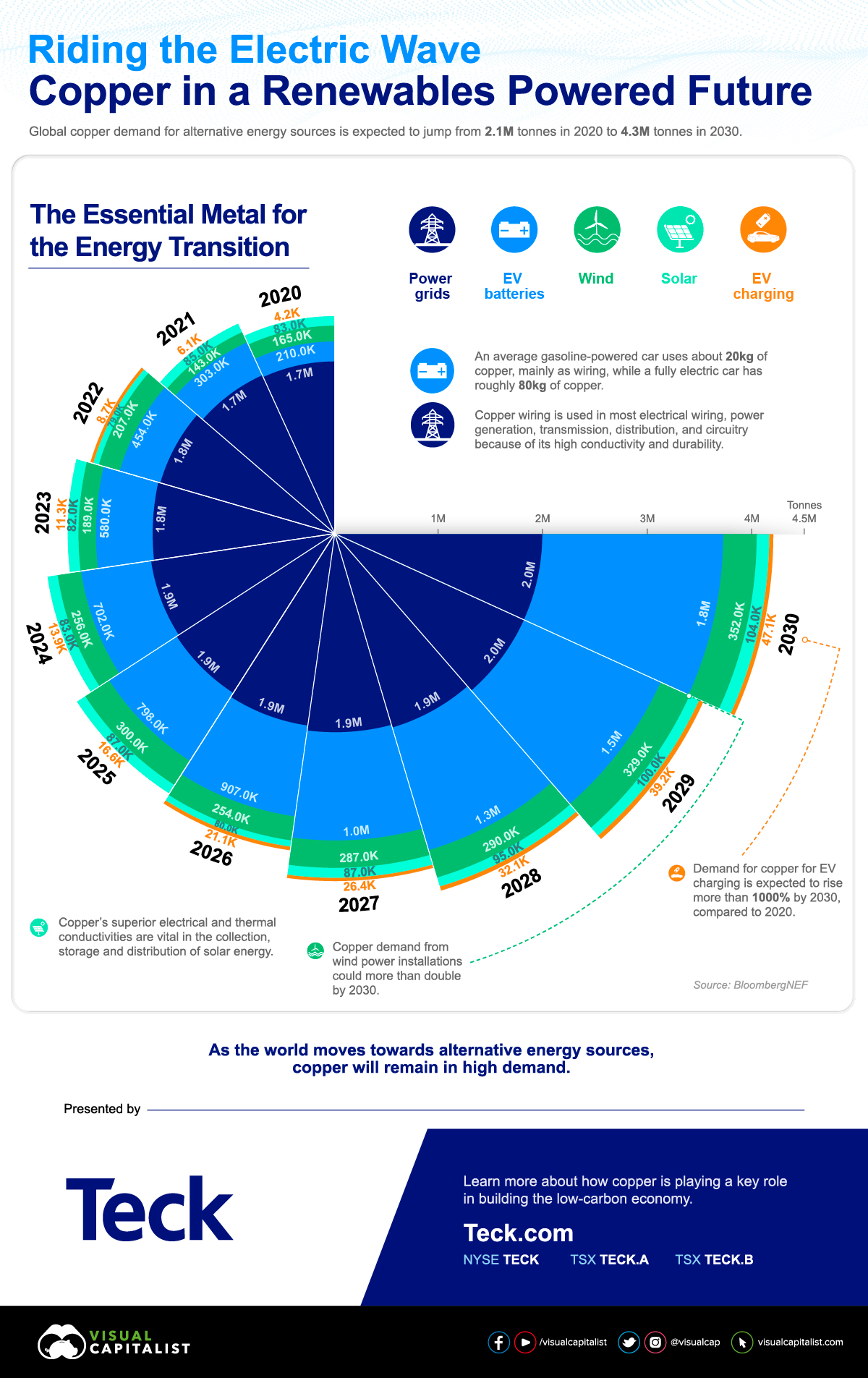CALGARY
:format(jpeg)/cloudfront-us-east-1.images.arcpublishing.com/tgam/5AKRNJGSVFJDPNNUBCHIUJBS3Y.jpg)
An oil drilling rig operates near Cremona, Alta., on July 12. Alberta Premier Jason Kenney has contended that the province has been the victim of a foreign-funded campaign to block fossil fuel projects.
The commissioner of a widely criticized Alberta public inquiry into the funding of environmentalists says his report should be a wake-up call for the province’s government and oil sector that they are losing the public-relations fight over resource development.
In 2019, the Alberta government appointed Steve Allan, a forensic accountant, to investigate the role of foreign money in opposing the oil sector. His final report was released in October. The inquiry was a key election promise from United Conservative Premier Jason Kenney, who has contended that the province has been the victim of a foreign-funded campaign to block fossil fuel projects.
Mr. Allan said in an interview that the oil industry should take lessons from the environmental movement, which he noted has been effective at opposing development in Alberta’s oil sands.
“I think the industry and government have really failed,” Mr. Allan said.
“It was a brilliant campaign,” he continued, referring to activism opposing Alberta’s oil industry. “It was a brilliant strategy. It was well-executed and everybody can learn from it.”
He argued that the real issue is not necessarily environmental groups and their activism, but rather the fact that foreign money is being used to influence Canadian policy debates, with what he described as inadequate disclosure.
Jason Kenney announces plan to expedite Alberta’s hydrogen energy goals
Western Canada’s reaction to Ottawa’s new sped-up emissions targets should come as no surprise
Mr. Allan did not appear at a news conference accompanying the release of his final report and hasn’t commented publicly since, citing legal advice. He declined to discuss the specific findings of the report for the same reasons.
The report, published after a two-year process that was plagued by delays and complaints about secrecy and unfairness, identified $1.3-billion of foreign money directed at Canadian and U.S. environmental groups. However, much of that had little or nothing to do with anti-oil work. The report identified $54-million specifically earmarked for opposition to Alberta’s oil industry. Of that, only $17-million went to Canadian organizations, though Mr. Allan said the real number is likely higher.
Foreign funding represented about 11 per cent of the overall revenue for Canadian environmental charities, according to the report, and for some groups that proportion was much smaller.
In his report, Mr. Allan went out of his way to stress that he found nothing to suggest activists had done anything illegal or improper, and he acknowledged that they appeared to be motivated by genuine concern for the environment. He also said he couldn’t link activism to the cancellation of any specific oil project.
Mr. Allan told The Globe and Mail that he hadn’t set out to prove environmentalists had done anything illegal, despite rhetoric from Mr. Kenney and others to the contrary. Rather, he said, his report shows the need for financial transparency across the entire charitable sector, including not just environmental organizations but also conservative advocacy groups that support the oil sector.
“There was nothing stopping anyone and there’s nothing that should stop them, other than we should know what they’re doing,” he said.
Environmental groups have long argued that the inquiry was based on a conspiracy theory, noting publicly available tax records show that most of their funding comes from Canadian sources. They dismissed the inquiry even before Mr. Allan’s report as a biased process that was designed to malign activists and portray them as puppets of foreign interests.
Mr. Allan said he’s disappointed the media has focused so much on his numbers, including the total of $54-million, rather than the report’s recommendations.
Those recommendations include stricter transparency and governance rules for charities; new standards for the oil industry when it comes to disclosing data about greenhouse gas emissions; using economic development as a way to advance reconciliation with First Nations; and greater co-ordination between government and industry in developing emissions-reducing technology.
The report also calls for a national natural resource development strategy led by business groups, and for the resource industry to counteract messaging from environmentalists by rebranding Canadian oil and gas.
Now that his work as commissioner is over, Mr. Allan said, he’s concerned his report and its recommendations will not be acted upon.
Alberta energy inquiry says no wrongdoing by anti-oil-sands activists
Alberta’s report on anti-energy campaigns looks like a multimillion-dollar dud
THE REAL PURPOSE OF THE REPORT
Alberta’s Energy Minister, Sonya Savage, has said the government will act on the report’s findings, though she has yet to explain exactly how it will do that. She has used the report to warn that the province is under attack.
Ms. Savage told reporters she wants to be ready to confront criticism from environmentalists. “What we want to learn from that is how they did that and where they’re going next,” she said during a recent news conference.
Members of the Alberta government have at times distorted the report’s findings. For example, the United Conservative Party caucus’s Twitter account inaccurately claimed that the report says $1.3-billion of foreign money went to Canadian environmentalists to harm the Alberta energy sector.
Mr. Allan said industry groups should already be using the report’s findings to shift strategies.
“We have a great story to tell, but one of the things I’ve heard for years is we don’t tell our story,” he said. “People in Eastern Canada don’t understand the extent of innovation and technology that we have here.”














